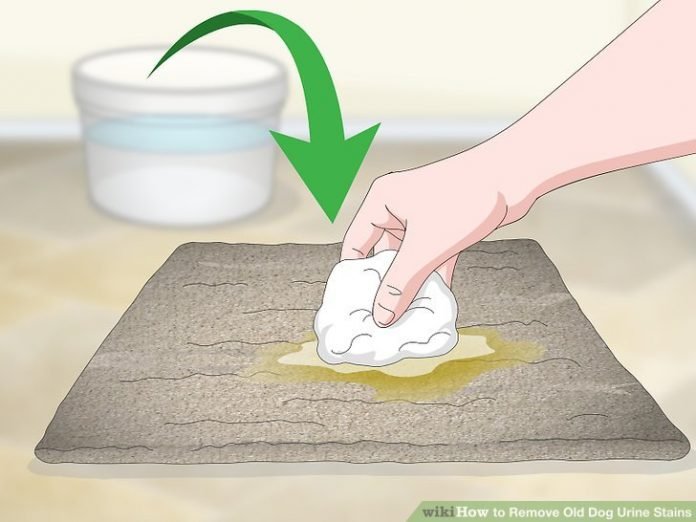Stain Removal is the process of removing stains and marks from clothing or fabrics. It often involves using a solvent or detergent to remove stains and marks. There are many different stain removal products available over the counter. If you have a mystery stain or a spot on your clothing, the first step is to identify the stain.
Identifying Stains
The first step in stain removal is to identify the source of the stain. You can identify the source of a stain by looking at its texture, appearance, and smell. If it is oily or sticky, it may be due to grease or gum. Other types of stains include those that contain pigmented matter, such as paint or tar. You can also identify a stain by its color. Organic stains, for example, are yellow or white. A darker stain will be caused by rust or by dyeing. Metallic stains, on the other hand, are caused by copper, bronze, and iron.
If the stain is a discoloration caused by a foreign substance, you should try to remove it as soon as possible. There are many ways to do this, including blotting or using a grease or salt absorbent. Another method is to rinse with cold water. Be careful, however, as stain removers can negatively affect the fabric fibers.
Identifying Mystery Stains
Identifying mystery stains can be a challenge for homeowners. It can be difficult to determine the type of stain, but there are certain clues that can help you figure out how to remove it. Some clues to look for include texture, colour, and position. You can also use WD-40 to remove stain.
If you are unsure of the type of stain, first try to identify where it came from. For instance, if it’s on the front of a garment, it’s most likely from food. Similarly, if the stain is on the seat of a pant, it’s likely a result of perspiration. In addition, perspiration typically appears on clothes in areas around the collar and under the sleeve. In addition, black grease or car-door latch residue tends to be on pants at waist level.
Another clue to the source of a stain can be its location. For example, a black stain near the driveway or garage could be from grease or oil. On the other hand, a drip around a table could be food. The odor of the stain can also give you a clue. It may smell like oil or sticky like a sugary soda, which indicates a spilled beverage. But, it is important to note that these clues are just clues and should not be relied upon.
Identifying Enzymatic Stain Removers
There are many features to consider when purchasing an enzyme-based stain remover. These include durability, reliability, price, and aesthetics. Durability is important if you plan to use the stain remover frequently, or if you live in an area with frequent wet spills. The price is also a factor, but it doesn’t have to be a deal breaker if you don’t plan to purchase the product often.
Enzyme-based stain removers work by digesting the stain’s components. These ingredients have the power to break down biological stains and make them appear completely different. This makes enzyme-based stain removers ideal for cleaning stains that contain biological substances.
Identifying Cationic Surfactants
Catalytic surfactants are detergents that have the ability to dissolve oily soil. They are also used to soften water during a wash. They can be helpful in stain removal and have a high molecular weight. Moreover, they are resistant to water hardness and are less sensitive to calcium.
Nonionic surfactants are also effective at removing dirt and oil. The negatively charged head group of cationic surfactants allows them to float easily in water. However, the negative charge in their head groups can be deactivated by hard water. This type of surfactant is often found in detergents, hard surface cleaners, and machine dishwashing detergents.
Catalytic surfactants work by disrupting the cell membranes of bacteria and fungi. Most cationic surfactants are anti-microbial, antifungal, and industrial cleaners. However, some cationic surfactants have multiple uses. For example, a stain derived from tomato pasta sauce can be particulate and greasy, as well as enzymatic. Hence, cationic surfactants are best used in cleaning and disinfecting purposes.
Identifying Nonionic Surfactants
Nonionic surfactants have a large range of properties, and they differ from anionic surfactants in a number of ways. The first step in designing a nonionic stain-removal formulation is identifying the surfactants with the right properties. For example, surfactants with a high CMC are considered more efficient than those with a low CMC. Alternatively, a mixture of anionic and nonionic surfactants is preferable over a single anionic surfactant. Nonionic surfactants are highly effective for stain removal because they contain no positively or negatively charged functional groups. These surfactants are especially effective in removing oil and soil, and are often used in laundry detergents. They also show good results as prewash stain removers and hard surface cleaners.
















